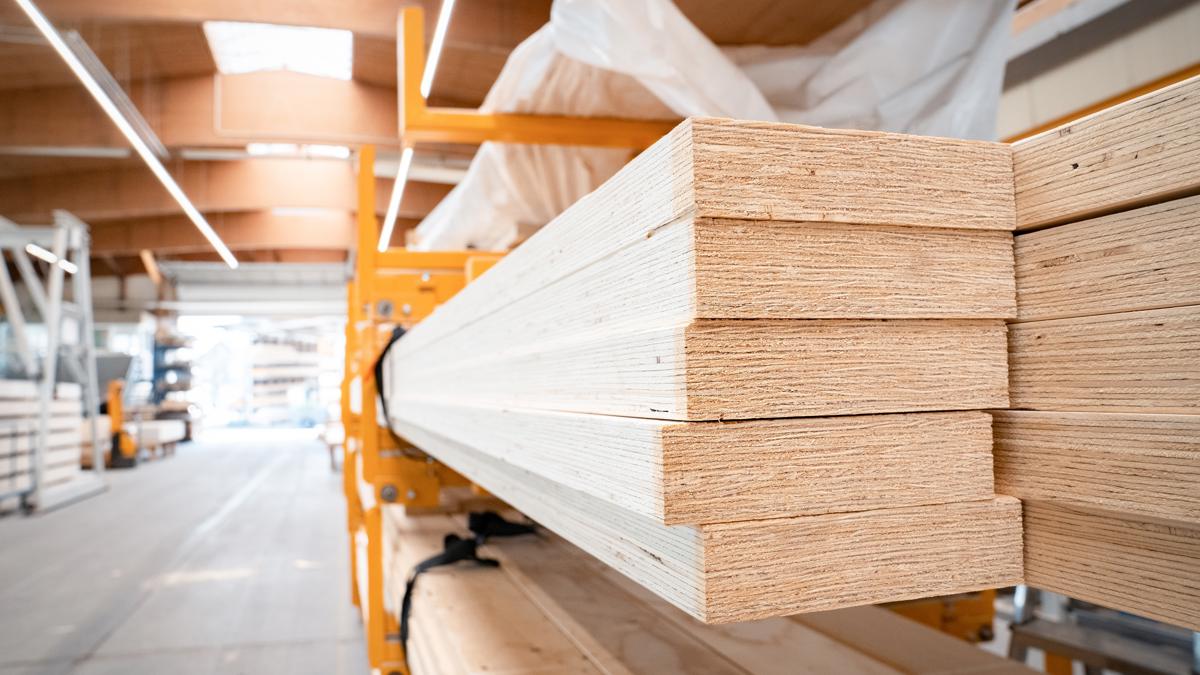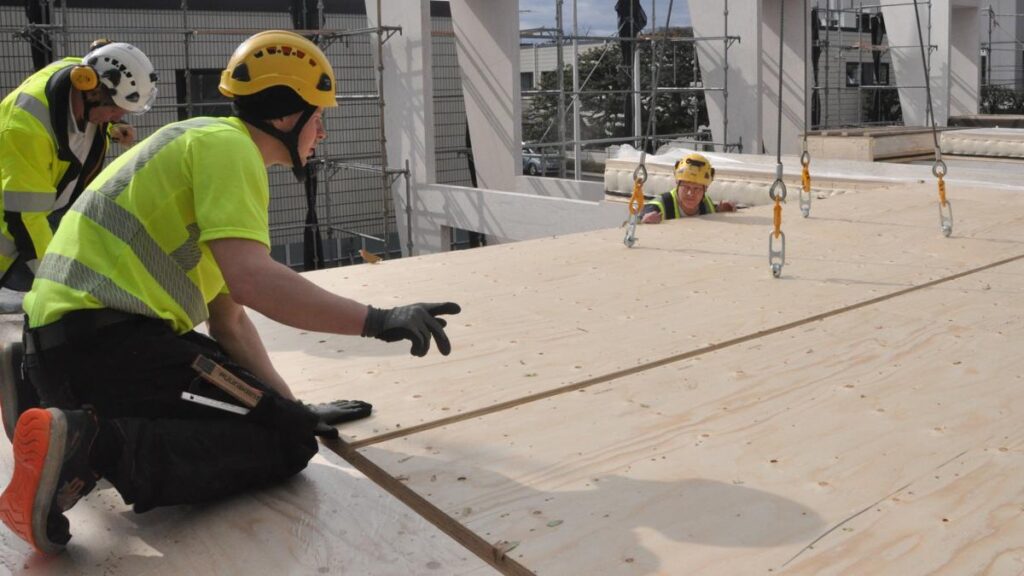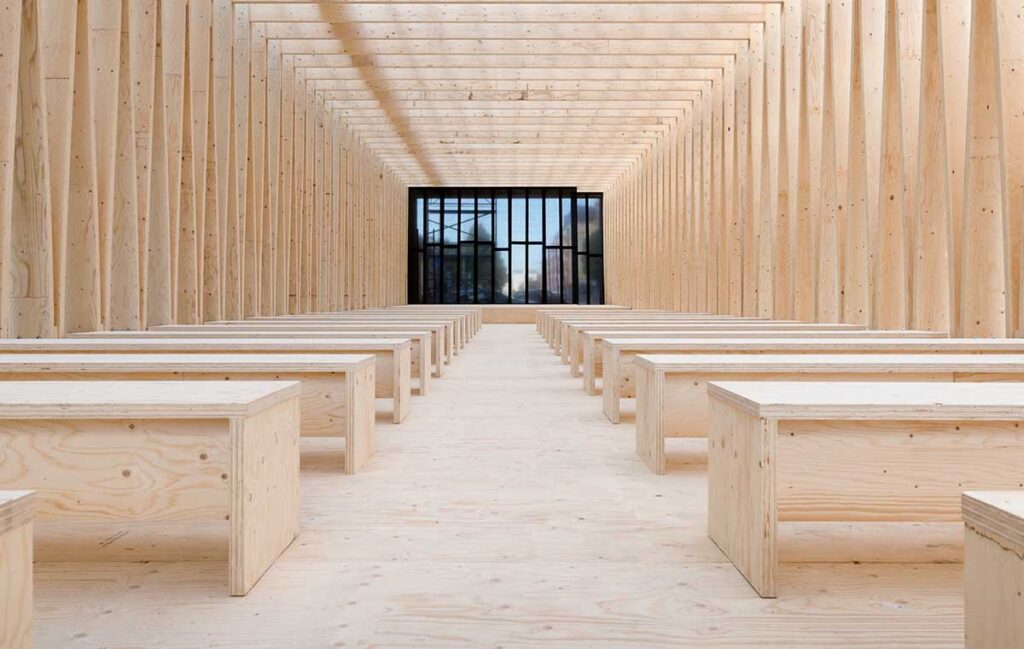The Role of LVL Timber in Enhancing Construction Efficiency

LVL (Laminated Veneer Lumber) timber is a versatile material that has been gaining popularity in the construction industry for its ability to enhance construction efficiency. From its understanding to benefits and future trends, this article will delve into the various aspects of LVL timber and its role in revolutionizing construction practices.
Understanding LVL Timber
Additionally, the dimensional stability of LVL timber formwork makes it an ideal choice for applications where long spans or high load-bearing capacity are required. Its resistance to moisture and temperature changes ensures that structures built with LVL timber maintain their integrity over time, reducing the need for maintenance and repairs.
Definition and Properties of LVL Timber
LVL timber is a type of engineered wood product made by bonding thin veneers of wood together with adhesives. This manufacturing process creates a strong and durable material that retains the natural characteristics of timber. LVL timber is known for its high strength-to-weight ratio, dimensional stability, and uniformity.
One of the key advantages of LVL timber is its versatility in construction applications. It is commonly used in beams, headers, and rim boards, providing structural support in residential and commercial buildings. Additionally, LVL timber is often favored for its eco-friendly properties, as it is made from sustainable wood sources and can be recycled at the end of its lifespan.
The Manufacturing Process of LVL Timber
The manufacturing process of LVL timber involves several stages. First, the logs are debarked and cut into thin veneers. These veneers are then dried and coated with adhesive before being stacked and pressed together. The finished product is then cut into various lengths and sizes for use in construction projects.
During the pressing stage of manufacturing, heat and pressure are applied to the stacked veneers, ensuring a strong bond between the layers. This process results in a homogenous material with consistent strength properties throughout. Quality control measures are implemented at each step of production to maintain the high standards associated with LVL timber. The end result is a reliable and cost-effective building material that meets the demands of modern construction projects. Read more about homogenous material on https://www.sciencedirect.com/topics/materials-science/homogeneous-material
The Benefits of Using LVL Timber in Construction
Strength and Durability of LVL Timber
One of the key benefits of using LVL timber in construction is its exceptional strength and durability. Due to its engineered composition, LVL timber exhibits enhanced load-bearing capabilities, making it suitable for a wide range of structural applications. Its ability to resist warping, shrinking, and splitting also contributes to its longevity.
Moreover, LVL timber undergoes a rigorous manufacturing process that involves bonding multiple layers of wood veneers together with adhesives under high pressure and heat. This process not only enhances the timber’s strength but also ensures uniformity and consistency in its structural performance, providing builders and architects with a reliable material for their projects.

Versatility of LVL Timber in Construction
LVL timber’s versatility further adds to its appeal in construction projects. It can be custom-manufactured to meet specific design requirements, allowing for greater flexibility in structural design and construction. LVL timber can be used for beams, columns, joists, and even in the creation of prefabricated components, making it a valuable material for both residential and commercial construction.
LVL Timber and Construction Efficiency
How LVL Timber Contributes to Faster Construction
Time is of the essence in any construction project, and LVL timber’s properties contribute to faster construction processes. Due to its lightweight nature, LVL timber is easier to handle and install compared to traditional solid wood. The dimensional stability of LVL timber also reduces the need for time-consuming adjustments and allows for more accurate construction, saving valuable time during the building process.
Moreover, LVL timber’s engineered design ensures consistent quality and strength, enabling builders to work efficiently without compromising on structural integrity. This standardized strength characteristic of LVL timber means that construction teams can rely on its performance, resulting in smoother and quicker project timelines.
Cost-Effectiveness of LVL Timber in Construction
Utilizing LVL timber can also lead to cost savings in construction projects. Its strength and durability eliminate the need for additional support structures, reducing material and labor costs. Furthermore, LVL timber’s uniformity allows for efficient cutting and minimal wastage, making it an economical choice for builders and developers.
In addition to the direct cost savings, the longevity of LVL timber structures contributes to overall financial benefits. With its resistance to warping, twisting, and shrinking, LVL timber maintains its structural integrity over time, reducing the need for maintenance and repair expenses in the long run. This durability factor adds to the cost-effectiveness of using LVL timber in construction projects, making it a wise investment for sustainable and efficient building practices. To click here learn more about cost-effectiveness.
Environmental Impact of Using LVL Timber
Sustainability of LVL Timber Production
LVL timber is an environmentally-friendly alternative to traditional timber. It is typically made from fast-growing and sustainably managed plantation forests, minimizing the impact on natural forests. The manufacturing process of LVL timber also utilizes less energy compared to other building materials, further reducing its carbon footprint.
Furthermore, the sustainable management of plantation forests for LVL timber production can have positive effects on biodiversity. By creating habitats for various plant and animal species, these forests contribute to the overall ecosystem health. This approach to forestry helps maintain a balance between economic development and environmental conservation, ensuring a long-term supply of timber without compromising the natural environment.
LVL Timber and Waste Reduction in Construction
Another significant environmental benefit of LVL timber is the reduction of construction waste. With traditional timber, large portions of the log are often wasted during processing. However, the manufacturing process of LVL timber utilizes nearly the entire log, resulting in minimal waste. This not only reduces the demand for raw materials but also decreases the amount of construction waste that ends up in landfills.
Moreover, the durability and strength of LVL timber contribute to the longevity of structures, reducing the need for frequent replacements and repairs. This extended lifespan not only saves resources but also minimizes the environmental impact associated with the disposal of construction materials. By choosing LVL timber for building projects, construction companies can promote sustainable practices and help mitigate the environmental consequences of urban development.
Future Trends in LVL Timber Use
Innovations in LVL Timber Production and Use
The future of LVL timber in construction looks promising, with ongoing innovations in production and utilization. Advancements in adhesive technologies and manufacturing techniques are leading to improved product performance and expanded application possibilities. These innovations are driving the adoption of LVL timber in the construction industry and paving the way for new and exciting design possibilities.
One notable innovation in LVL timber production is the development of sustainable sourcing practices. Manufacturers are increasingly focusing on using responsibly harvested timber to create LVL products, ensuring that the production process is environmentally friendly. This commitment to sustainability not only aligns with the growing demand for eco-conscious construction materials but also sets a new standard for ethical manufacturing in the industry.

The Growing Demand for LVL Timber in Global Construction
As the construction industry continues to prioritize sustainable and efficient building practices, the demand for LVL timber is expected to grow. With its numerous benefits and environmental advantages, LVL timber is becoming a sought-after material in both residential and commercial construction projects worldwide. Its use is likely to increase further as more developers and builders recognize its potential to enhance construction efficiency.
In addition to its sustainability benefits, LVL timber’s structural properties make it an attractive choice for builders looking to meet stringent building codes and regulations. Its high strength-to-weight ratio and consistent quality make it a reliable option for a wide range of construction applications, from beams and columns to flooring and roofing systems. The versatility of LVL timber allows architects and engineers to push the boundaries of design, creating innovative and visually striking structures that stand the test of time.
Conclusion
In conclusion, LVL timber plays a pivotal role in enhancing construction efficiency. Its exceptional strength, versatility, and sustainability make it a valuable material in modern construction practices. From faster construction processes to cost savings and reduced environmental impact, LVL timber offers numerous benefits that contribute to more efficient and sustainable building practices. As the industry continues to embrace LVL timber, the future holds exciting possibilities for the advancement of construction technology.
Learn more about LVL Formwork on https://armacosthomeinspections.com/lvl-formwork-a-sustainable-choice-for-your-building-needs/

Leave a Reply